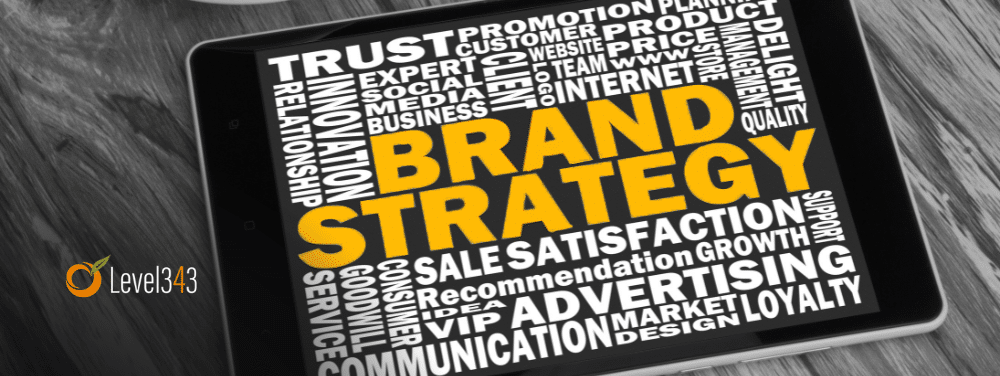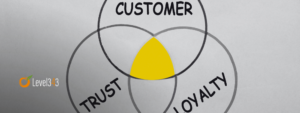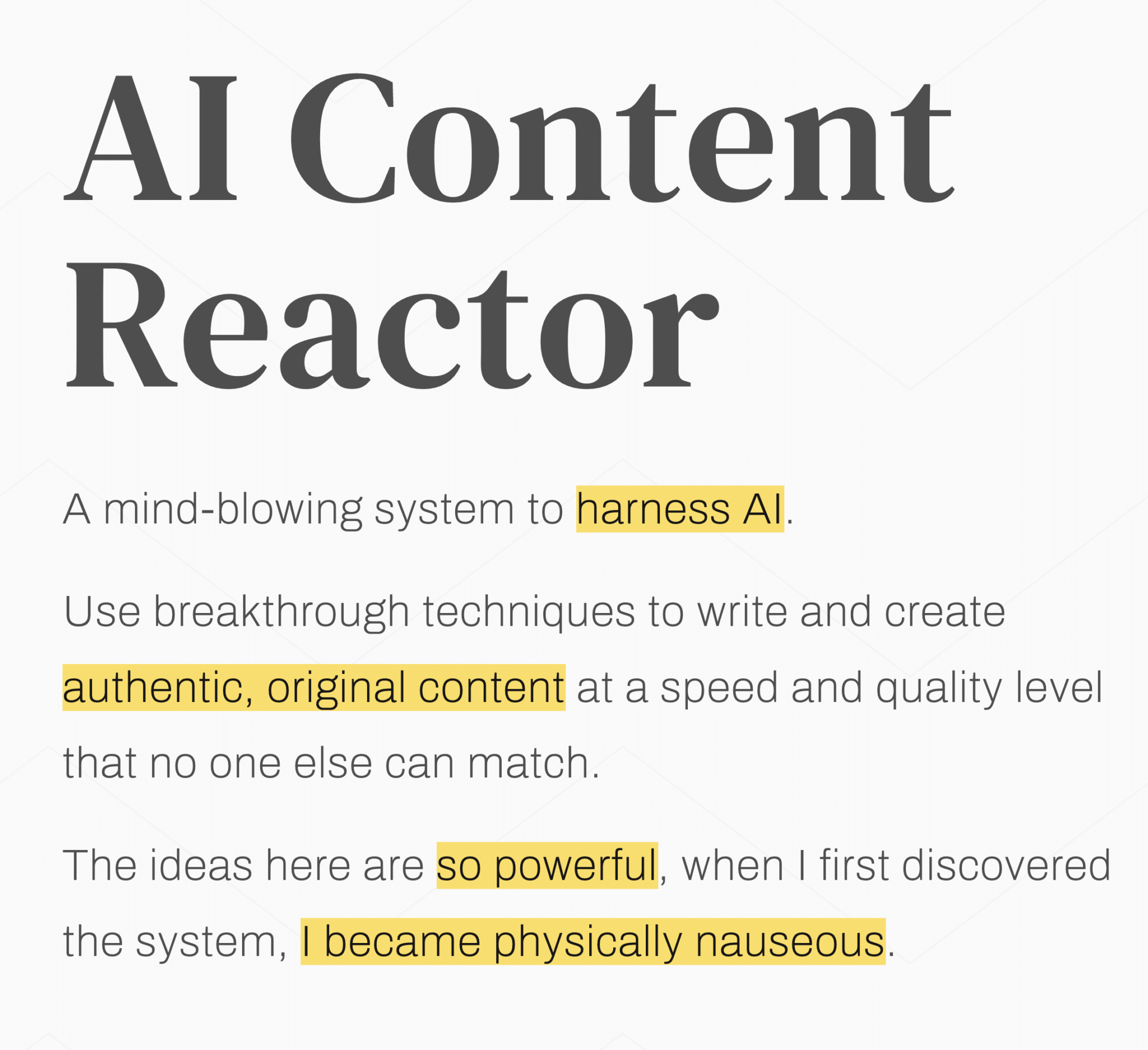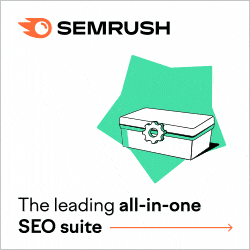Brand marketing connects your brand with your audience, helping you stay relevant to their lives. As we step into 2025, it’s the perfect time to rethink your strategies, refresh your messaging, and make sure your brand keeps hitting the right notes in an ever-shifting market.
Table of contents
- What is a strong business brand?
- Build your brand from the ground up with grit and determination.
- Your brand identity is the foundation of your business.
- Customer-centric branding puts your audience first.
- Brand positioning carves out your niche.
- Brand consistency is the backbone of recognition and loyalty.
- Brand equity builds long-term value.
- Brand suitability safeguards your reputation.
- Brand advocacy amplifies your reach through good brand management.
- Emotional branding creates lasting connections.
- Brand character takes thought and diligence.
- Adapt to growth by embracing brand evolution.
- Personal branding enhances corporate influence.
- Brand metrics and KPIs provide a high-level view of your branding success.
- Market trends shaping brand strategies in 2025.
- Final Thoughts
What is a strong business brand?
Is it a catchy slogan, a unique logo, or a memorable ad campaign? A strong brand lays the foundation for a successful business by creating a clear and compelling identity—one that consumers trust. This identity captivates customers, fosters loyalty, and sets the company apart in competitive markets.
Whether you’re a seasoned entrepreneur or a new business owner, understanding brand building and marketing, as well as their intricacies, is key to achieving long-term success and growth.
Build your brand from the ground up with grit and determination.
Every successful brand started somewhere. Take Coca-Cola, for example. In 1886, this iconic brand began as a pharmacist’s “cure-all” tonic with actual cocaine in its formula. Over time, it evolved into one of the most recognized brands globally.
Similarly, the Frye Company started making boots in 1863 and has celebrated over 155 years of legacy (The Frye Company). Even Band-Aid, born out of necessity in 1920, has become so ubiquitous that it’s now synonymous with adhesive bandages.
What do these brands teach us? They started from the ground up, and while their journeys were unique, the foundational principle was the same: persistence. These brands didn’t achieve greatness overnight, and neither will yours—but the good news is that with dedication and a clear strategy, there’s nowhere to go but up.
Start small; dream big.
It’s important to acknowledge that today’s marketplace is far more competitive and regulated than when these iconic brands began. Recognition doesn’t come easy. As a small business, you can’t directly compete with corporate giants like Wal-Mart or Amazon—but you don’t have to. Instead, focus on building a unique identity and connecting with your target audience in ways that big brands often can’t.
Small doesn’t mean insignificant. You can aim for big dreams while breaking them down into manageable steps:
- Develop a strong brand statement: Define what your business stands for.
- Plan for reputation management: Ensure consistent customer satisfaction and positive engagement.
- Invest in content development: Use blogs, videos, and social posts to build authority and recognition.
Rome wasn’t built in a day, and guess what? Your brand won’t be either. So take a deep breath, grab a coffee, and get to work! Let’s look at the many and varied parts of brand building.
Your brand identity is the foundation of your business.
Did you know that consistent presentation across all platforms can boost revenue by 33%? A cohesive brand identity creates a unified experience for your audience (Demandsage).
At the core of every successful brand lies a strong identity. Brand identity plays a critical role in influencing the purchase decision of potential customers. This includes the visual and conceptual elements that represent your business: logos, colors, typography, etc. These elements form a cohesive and recognizable image that resonates with consumers.
To create a compelling brand identity, start by understanding your target audience, your company’s mission, and your unique selling proposition. When these align, you can form a strong emotional connection with your audience, fostering brand loyalty and recognition.
Customer-centric branding puts your audience first.
Customer-centric companies are 60% more profitable than those that aren’t. By focusing on great customer service, engagement, and feedback, you can not only meet but exceed expectations, building trust and securing loyalty (Deloitte).
Brands that thrive understand their audience’s needs and desires. Customer-centric branding emphasizes great customer service, engagement, and listening to (and acting on) customer feedback. Actions such as tailoring products, services, and communication strategies to better serve your market will help you build brand awareness and grab a larger market share.
Practical methods include creating detailed customer personas, using surveys to gather insights, and analyzing buying behaviors to refine your offerings. Putting customers at the center of your branding builds trust and ensures relevance in a competitive landscape.
Brand positioning carves out your niche.
Once you’ve built a foundation, the next step is positioning your brand effectively. The market is crowded, with businesses vying for attention. Brand positioning helps you differentiate by identifying the specific segment you want to target and tailoring your messaging, products, and services to their needs.
Effective positioning involves market research, competitor analysis, and understanding your target audience’s pain points and desires. By doing so, you position your brand as the go-to solution, creating a strong emotional bond with your customers.
Brand consistency is the backbone of recognition and loyalty.
When you’ve identified your niche, consistency across all brand touchpoints strengthens your positioning and builds trust with your audience. A cohesive and recognizable brand image is far more likely to connect with customers and foster loyalty. This includes your website, social media presence, physical storefront, and product packaging.
Develop detailed brand guidelines that specify how to use your brand’s visual elements, tone, and messaging. These guidelines help your team communicate cohesively and consistently. Applying these rules across all departments and customer interactions creates a seamless experience that reinforces your brand’s identity.
Brand equity builds long-term value.
Brand equity encompasses the value associated with your brand—from awareness and loyalty to perceived quality and associations. Strong brand equity leads to customer retention, premium pricing opportunities, and a competitive advantage.
To build equity, deliver on brand promises, provide exceptional experiences, and foster positive associations. Protect your brand with trademarks and copyrights to safeguard your reputation and long-term value.
Brand suitability safeguards your reputation.
Reputation can make or break a business. Brand suitability ensures that your messaging and advertising align with your values, audience, and industry standards. This involves content moderation, adherence to guidelines, and sometimes leveraging advanced technologies to mitigate risks. By maintaining your brand’s integrity, you safeguard trust and credibility.
Brand advocacy amplifies your reach through good brand management.
Consumers are inundated with countless marketing messages daily, making authentic recommendations more powerful than ever. Brand advocates are loyal customers who promote and recommend your brand to others. Their support amplifies your brand’s reach and credibility.
To cultivate brand advocacy, focus on delivering exceptional customer experiences and fostering a sense of community around your brand. Encourage customers to share their positive experiences through social media, review platforms, and referral programs. Harnessing the power of word-of-mouth through brand advocates can lead to authentic, trusted recommendations that drive new customer interest and engagement.
Emotional branding creates lasting connections.
As long ago as 2015, emotional connections with customers drove 52% more value than satisfied customers. This value stems from higher retention rates, increased advocacy, and repeat purchases (Harvard Business Review).
Creating emotional connections with your customers is one of the most powerful strategies in marketing campaigns. Emotional branding taps into those warm fuzzies—storytelling, shared values, and authentic vibes that make your audience think, ‘This brand just gets me.’
For example, brands like Patagonia succeed by highlighting their environmental values, creating a bond with eco-conscious consumers. Similarly, a compelling brand story that aligns with your mission can humanize your business and build trust. By appealing to emotions, you foster loyalty that goes beyond the transactional and into genuine advocacy.
Brand character takes thought and diligence.
Emotional branding helps create connections, but your brand character defines how those connections are perceived and maintained. Your brand character is what people think of you when you’re not in the room. Missteps, even unintentional ones, can harm your image. To safeguard your brand:
Develop a brand message guide.
A brand message guide serves as a blueprint for how your brand communicates with the world. It defines the tone, voice, and visual style that represent your brand’s identity. By clearly documenting these elements, you ensure that all marketing materials, from social media posts to press releases, reflect a cohesive and authentic message.
This document should contain things like:
- The ways your company/brand should be referenced in all outgoing material (i.e. BrandMessage, Brand Message, brandmessage, BM).
- Guidelines for images.
- Guidelines for videos.
- Guidelines for written content.
- Guidelines for website development.
- Guidelines for social activity.
- Contact information for the company’s Editor in Chief. This should be the person’s main job – to look over every piece of content that goes out.
Create a master content development guideline.
Consistency in content creation is key to maintaining your brand’s credibility. A content development guideline outlines the processes for creating, approving, and distributing various types of content. This includes specifying the workflow for blog posts, videos, social media updates, and more, ensuring that every piece aligns with your brand’s standards and objectives.
A master guideline answers issues such as:
- Chain of command in the content development department
- Process of content creation for each type of content
- Pre-post checklist for blog post scheduling
- Editorial calendar
- Author bios, verified and approved by chain of command
- Minimum and maximum word count
- Clearly defined descriptions of the company’s activities
- Calendar for updating, recycling, repurposing content
Establish a master brand guideline.
A master brand guideline is essential for maintaining the visual integrity of your brand. It includes details like approved logos, color palettes, typography, and messaging standards. This document acts as a reference for your entire team, helping them create materials that are instantly recognizable and true to your brand’s essence.
This document contains:
- All approved sizes of the company logo, including black/white and color versions.
- All approved colors, along with hexadecimal values.
- Company and CEO bios, verified and approved by chain of command
- Trademark information (if any)
Adapt to growth by embracing brand evolution.
As your company evolves, your brand must adapt to meet changing customer expectations and market trends. Brand evolution is essential for staying relevant and maintaining a competitive edge. Iconic brands like Apple and Netflix have thrived by continuously reinventing themselves while staying true to their core values.
Consider these strategies for successful brand evolution:
- Reassess your brand message and visuals periodically to ensure they resonate with current market trends and customer preferences.
- Embrace innovation by incorporating new technologies, platforms, or design trends that align with your brand’s identity.
- Engage with your audience to gather feedback on what aspects of your brand resonate and where improvements are needed.
Brand evolution doesn’t mean abandoning your identity. It’s refining and adapting while preserving the elements that make your brand unique.
Personal branding enhances corporate influence.
As your brand evolves, it’s equally important to consider the role of personal branding in shaping the company’s image and influence. Business leaders often underestimate the impact of their personal brand on their company’s reputation. A well-crafted personal brand can enhance corporate credibility, attract opportunities, and reinforce the company’s values.
Align your personal brand with your business’s mission by maintaining a consistent tone and message across professional platforms like LinkedIn or public speaking engagements. Customers and partners are more likely to trust a company when they connect with its leadership on a personal level.
Brand metrics and KPIs provide a high-level view of your branding success.
To understand the effectiveness of your branding strategies, it’s essential to track key performance indicators (KPIs) and metrics. Here are some metrics to monitor:
- Brand Awareness: Measure how well your brand is recognized within your target audience using surveys, social mentions, and impressions.
- Customer Loyalty: Track repeat purchase rates, customer lifetime value (CLV), and Net Promoter Scores (NPS) to gauge customer retention.
- Engagement Metrics: Analyze website traffic, social media interactions, and email open rates to evaluate the effectiveness of your marketing efforts.
By regularly analyzing these metrics, you can refine your strategies and ensure your brand continues to grow in value.
Market trends shaping brand strategies in 2025.
- Sustainability as a Core Value: Consumers increasingly prefer brands that demonstrate environmental and social responsibility, with 66% willing to pay more for sustainable products (IBM). Integrating sustainable practices into your brand narrative can help build loyalty and differentiate your business.
- AI and Personalization: Artificial intelligence is transforming how brands engage with customers. From chatbots providing tailored recommendations to AI-driven analytics for understanding customer behavior, personalization is more attainable than ever.
- Focus on Community Building: Beyond products, customers are looking for connection. Brands that foster communities through social media, events, or exclusive memberships can deepen loyalty and advocacy.
- Short-Form Video Content: Platforms like TikTok and Instagram Reels continue to dominate, with over 85% of marketers prioritizing short-form videos as a high-ROI content format (HubSpot).
- Hybrid Experiences: Combining physical and digital experiences, such as virtual reality shopping or online-exclusive product launches, is becoming a powerful way to captivate customers.
By staying attuned to these trends, your brand can not only remain relevant but also leverage opportunities to lead in your market.
Final Thoughts
Building a brand is a marathon, not a sprint. It takes persistence, creativity, and a willingness to adapt. By focusing on your unique strengths and staying true to your mission, you can create a brand that stands the test of time.
Are you ready to elevate your brand to new heights? With years of expertise and proven strategies, we can help you craft a powerful and memorable brand. Contact Level343 today and let us guide you on the journey to lasting success.



































